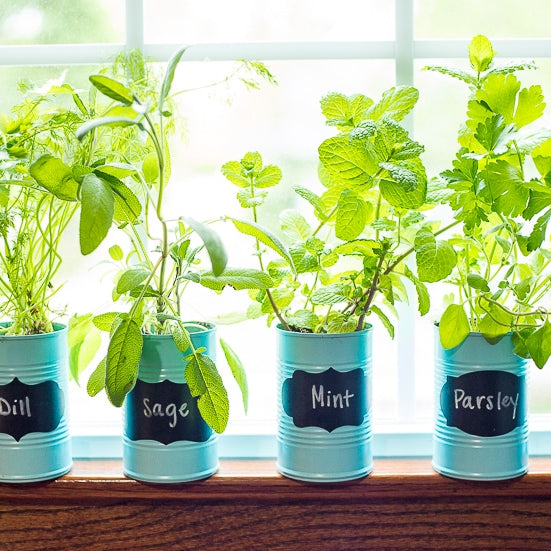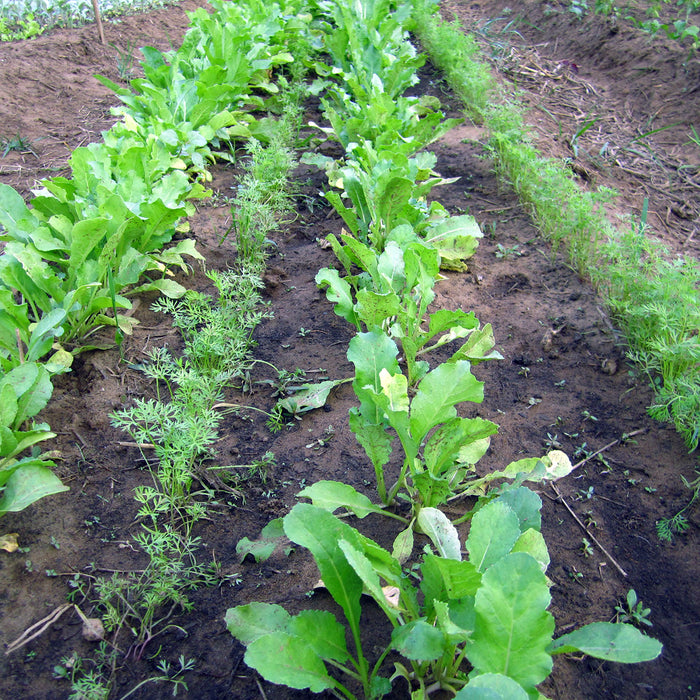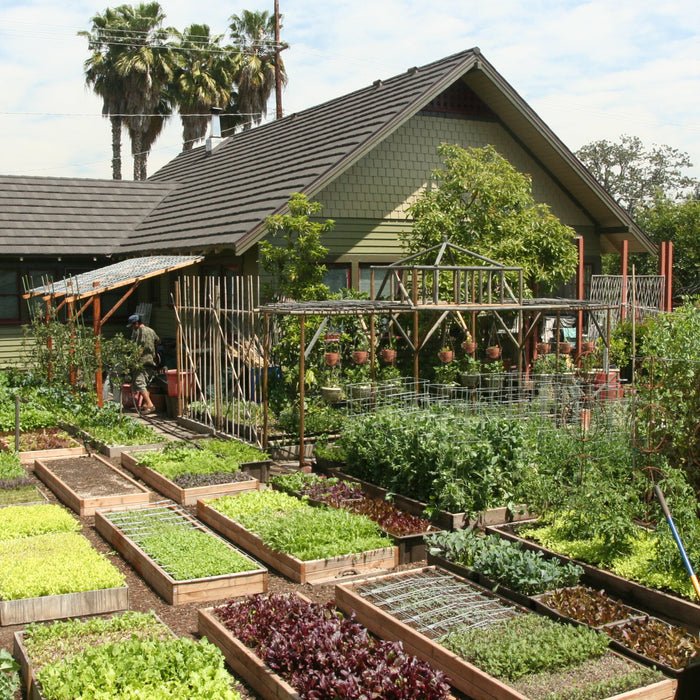
Edible Weeds in Your Garden: 10 Plants You Can Eat.
Do you know what edible weeds are growing in your garden? You may be surprised to find out that many common plants can be eaten safely, and provide valuable nutrients for your body. In this blog post, we will discuss 10 edible weeds that you can forage for in your backyard! We will also provide tips on how to identify these plants, and recipes for incorporating them into your diet.
The edible weeds listed below are just a few of the many plants that can be eaten safely. Foraging for edible weeds is a great way to add fresh, healthy vegetables to your diet, and it can also be a fun activity for the whole family! So get outside and start exploring your backyard for these delicious plants!
Amaranth
This edible weed can be found in many parts of the United States. Amaranth is a leafy green plant that has a slightly bitter taste. It is high in protein, calcium, and iron, and can be eaten raw or cooked.
Amaranth is a plant that produces edible seeds. The seeds can be used in various dishes, or they can be ground into a flour. Amaranth is a gluten-free grain, so it can be used by people who are gluten intolerant. Amaranth has a nutty flavor, and it is a good source of protein.
If you see amaranth in the wild, you can identify it by its leaves. Amaranth leaves are green and have a red stem. The seeds of the amaranth plant are small and round, and they vary in color from black to white.
Amaranth is a nutritious plant, and it has many benefits for your health. It is a good source of fiber, and it can help to lower cholesterol. Amaranth is also a good source of vitamins and minerals, including iron and magnesium. Amaranth is a healthy food choice, and it can help you to stay fit and healthy.
Arrowhead
Arrowhead is a type of edible cactus that can be found in the southwestern United States. It is high in fiber and vitamins A and C, and can be eaten raw or cooked.
Chickweed
Chickweed is a common weed that can be found in most parts of the world. It has a mild, sweet taste, and is high in vitamins A and C. Chickweed can be eaten raw or cooked.
Dandelion
Dandelions are one of the most common edible weeds. They can be found in nearly every part of the world, and are high in vitamins A, C, and K. Dandelions can be eaten raw or cooked.
Lamb's quarters
Lamb's quarters is a common edible weed that can be found in most parts of the world. It is high in protein, vitamin A, and calcium. Lamb's quarters can be eaten raw or cooked.
Purslane
Purslane is a succulent plant that can be found all over the world. It is high in omega- fatty acids, vitamins A and C, and minerals. Purslane can be eaten raw or cooked.
Stinging nettle
Stinging nettle is a common weed that can be found in many parts of the world. It is high in vitamins A, C, and iron. Stinging nettle can be eaten raw or cooked.
Watercress
Watercress is a aquatic plant that can be found in most parts of the world. It is high in vitamins A, C, and K. Watercress can be eaten raw or cooked.
Wild garlic
Wild garlic is a common edible weed that can be found in most parts of the world. It has a mild, onion-like taste, and is high in vitamins A and C. Wild garlic can be eaten raw or cooked.
Foraging for wild garlic is a great way to get some fresh greens into your diet. Wild garlic has a slightly different taste than store-bought garlic, but it is just as delicious.
If you are interested in foraging for wild garlic, there are a few things to keep in mind. First, make sure you are foraging in a safe area. You don't want to forage in an area that has been sprayed with pesticides or other chemicals. Second, only forage for wild garlic that is in season. Wild garlic is typically in season from early spring to early summer.
Once you have found a good spot for foraging, it is time to start looking for wild garlic. The best way to find wild garlic is to look for its green leaves. Wild garlic can be a little tricky to spot, but if you are patient you will be able to find it. Once you have found some wild garlic, you can either eat it raw or cook it in a variety of different dishes.
Wood sorrel
Wood sorrel is a common edible weed that can be found in most parts of the world. It has a sour, acidic taste, and is high in vitamins A and C. Wood sorrel can be eaten raw or cooked.
Wood sorrel is a small, herbaceous plant that is native to Europe and Asia. It has been introduced to North America, where it is now found in most of the eastern United States and parts of Canada. Wood sorrel has a long history of use as a food and medicine. The leaves are edible and can be eaten raw or cooked. They have a lemony flavor and are high in vitamin C. The flowers can also be eaten and are said to have a sweet, nutty flavor. Wood sorrel can be used medicinally to treat a variety of conditions including fever, diarrhea, and urinary tract infections. It is also said to have anti-inflammatory and astringent properties.
If you're interested in trying wood sorrel, it's easy to identify. The leaves are triangular in shape and have a heart-shaped notch at the base. They are covered in tiny hairs and have a lemony flavor. The flowers are small and white with five petals. Wood sorrel is a low-growing plant and typically grows in shady areas. It can be found in forests, meadows, and along the sides of roads and trails.
Other edible weeds include: plantain, thistle, dock, nettle, dill weed and clover. For more information on edible weeds, consult a local foraging guide or do some online research.
Edible weeds are a great way to add fresh, healthy vegetables to your diet. Foraging for edible weeds is a fun activity for the whole family! Get outside and start exploring your backyard for these delicious plants.
Be sure to check out our Heirloom Seeds to plant in your garden!



